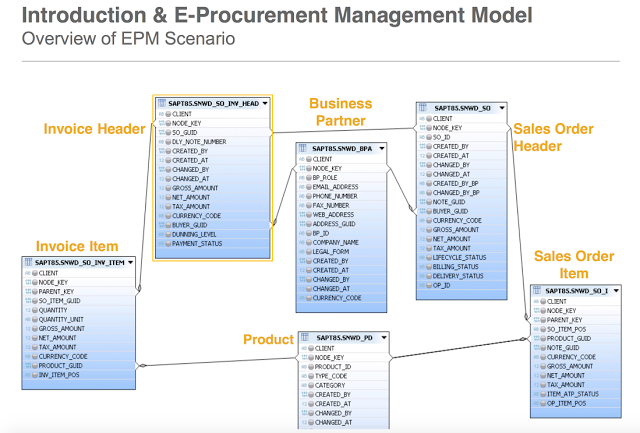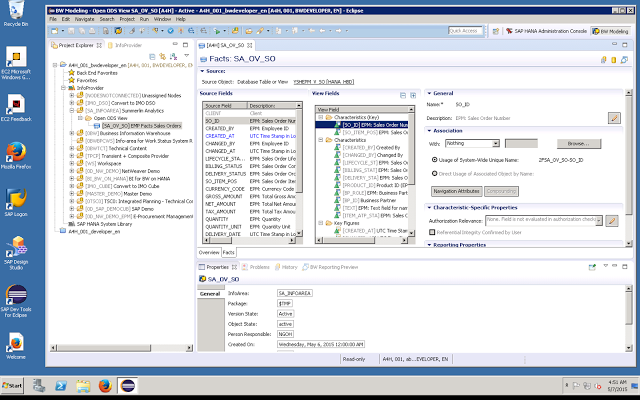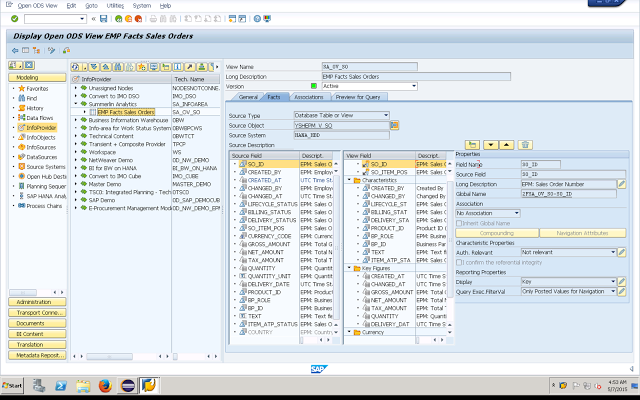Imagine spending less time on development.

What if your next project could be accomplished in 3 months instead of 6 months? Can your team book more wins if development and validation required less time?
While it pains me to give mixed messages, here is what I’ve had to say in the past to a customer,
“I’m finished with the development (or revision), but you’ll have to wait until tomorrow to see the results.”
— SAP BW on anyDB
A conversation usually follows where I inform my client about the time required for data extraction, loading, transformation, activation, etc.
Here’s the thing. Your business counterpart does not care about low-level updates nor should they be concerned with technical details. Such jargon-filled conversations only further their perception that “BW is slow”.
Depending on the scope of the testing, the data that needs to be loaded may take all afternoon (or all night). Because revisions are iterative, getting many testing cycles in the development or quality assurance cycle is critical to identifying all known issues.
Waiting a full day for data to be available is a huge time-sink.
Let’s Try Something New
Eliminating the waiting game is an incredible feature of BW on HANA, specifically the Open ODS view (BW 7.4 on HANA SP 1.0).
The Open ODS view, a new concept introduced with BW on HANA, allows you to quickly define models based on external data such database tables, database views, or datasources.
How are Open ODS views any different than the standard ODS concept since the early days of BW 3.x?
For starters, Open ODS views do not require info-objects. You can consume the source system fields as they are, with data types and lengths pre-populated based on their metadata.
Secondly, Open ODS views are virtual or meta-objects so they do not store data.
This eliminates the need for data extraction, transformation, and loading (ETL). Data activation is another time-sink. Because Open ODS Views are virtual views with no persistency, the data is read and transformed on-the-fly. This is a key advantage if your source is also on HANA.
Enterprise Procurement Management Model
Here is an example to put things into perspective:
 |
| The table diagram for the Enterprise Procurement Management (EPM) model |
 |
| The Open ODS Views in HANA Studio |
 |
| The Open ODS views in RSA1/Admin. Workbench |
Because this is a new instance of SAP BW on HANA, I do not have any of the standard content info-objects installed. Yet, the Open ODS view already contains the underlying fields from the source system “HANA_HDB”.
In other words, the Open ODS view exposes the source system table and fields to BW for immediate prototyping.
Agile Data Modeling
Because you can quickly prototype (without creating info-objects) and validate (without the delays of ETL or data activation), your development and testing cycles are reduced.
You won’t have to inform your business counterpart at 11 AM that he can test the new logic tomorrow morning at 9 AM. Imagine the brownie points that will earn.
Coupled with the increased flexibility, Open ODS Views leverage a variety of BW services such as authorizations, transformations, and query functionality. In essence, you get the best of both worlds by combining external data with SAP BW master and transaction data.
So if your company is open to faster development and testing cycles, then consider implementing BW on HANA in a side-car scenario.
In this situation, your existing landscape remains in place. A separate BW on HANA instance whether on-premise or cloud-based can be installed alongside your existing development or quality system.
Either way, pointing your BW on HANA instance to your development environment may just be the buffer you need for the inevitable scope-creep. More on that in a future post..